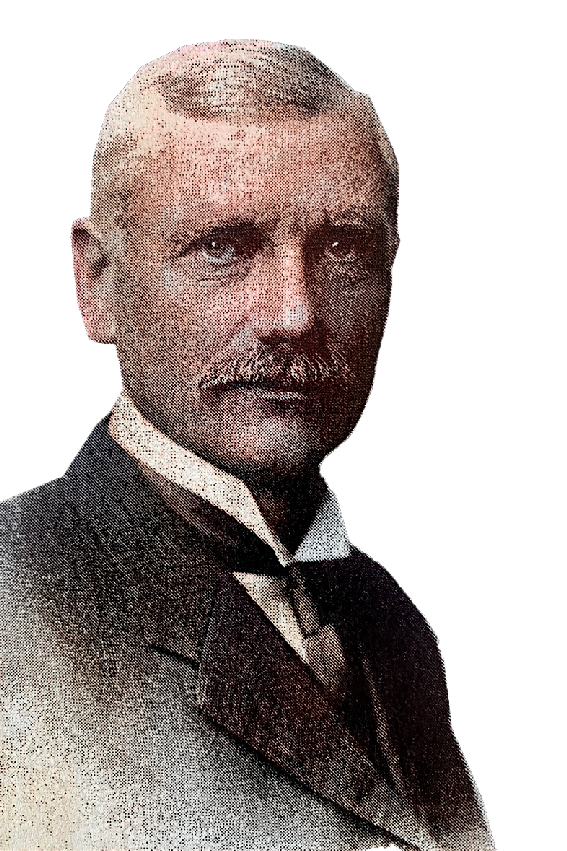


Two brothers, James and William Rennie, immigrated from Scotland to the Napa Valley and purchased the property in 1885.
They planted sixty acres of grapes covering the Rutherford and St. Helena AVAs, and built their stone gravity-flow winery.
The Rennie Brothers were the descendants of British engineers (their uncle, sir John Rennie, was knighted for his work in completing the London Bridge), and they carried this creative and innovative spirit as they constructed Rennie Brothers Winery, built an estate, and financed many local bridges including the current Pope Street stone bridge in St. Helena.
They were the first in the state to use a gasoline-powered engine to crush their grapes, and they developed some well extracted vintages.
Their dreams were cut short when two unfortunate situations arose. A fire broke out, burning their press and all their barrels. In addition, phylloxera was making its way throughout Napa Valley, bringing an end to the brothers’ winemaking journey.
The property changed hands and the winery was shuttered in 1920 with Prohibition.
The beautiful old stone winery became one of many that were built between 1860 and 1900 that eventually fell into disuse in the Napa Valley. Intact but untouched for many years, these wineries came to be known as ghost wineries.
Then followed a series of exciting and historic changes. In 1933, Louis Martini purchased the property and built in the early ‘40s a large wood house where he lived with his family. In the late ‘70s, he sold to the Komes-Garvey family who then sold to the Cathiard family in January 2020.

Florence and Daniel Cathiard purchased the estate after falling in love with its biodiversity. This connection to nature has been the cornerstone of their properties in Bordeaux, including Château Smith Haut Lafitte which they have owned since 1990.
As young and ambitious athletes, the Cathiards both became high level ski champions. Focused but also dreamers, they visited America for the first time in 1969 to attend Woodstock festival, one of the most significant events of their generation.
Their respect for nature and the arts is now expressed at Cathiard Vineyard.
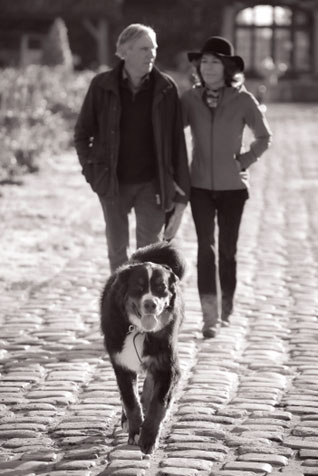
Florence and Daniel Cathiard reflect on their first visits to Napa Valley, and how they will carry the torch of this historic property.
A great wine, like art, must leave a trace, sometimes indelible, sometimes fleeting…
It relies on the working hands of men and women, but perhaps more so on the terroir from which it is born.
From the Rutherford terroir stems a silent music, it’s called harmony. One must interpret the sonata with their first tasting.
A vine, like a tree, is the oldest time-measuring tool. In the Mayacamas, the tree becomes a forest; it stands as a natural border, an almost impassable line beyond which lies an inspiring and mysterious world.
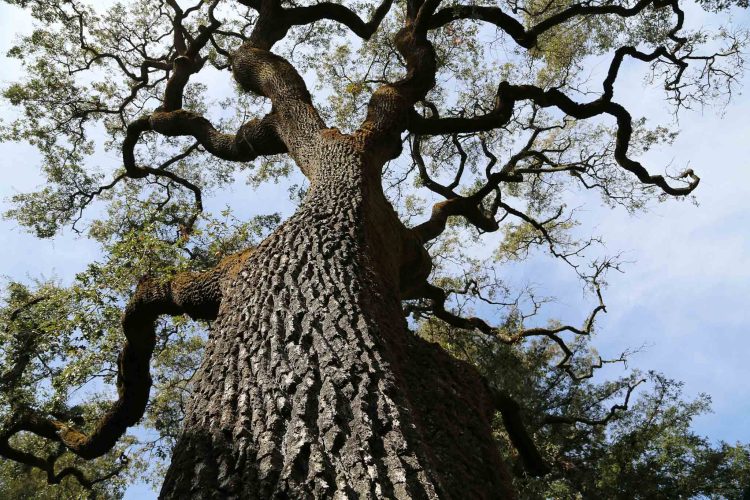
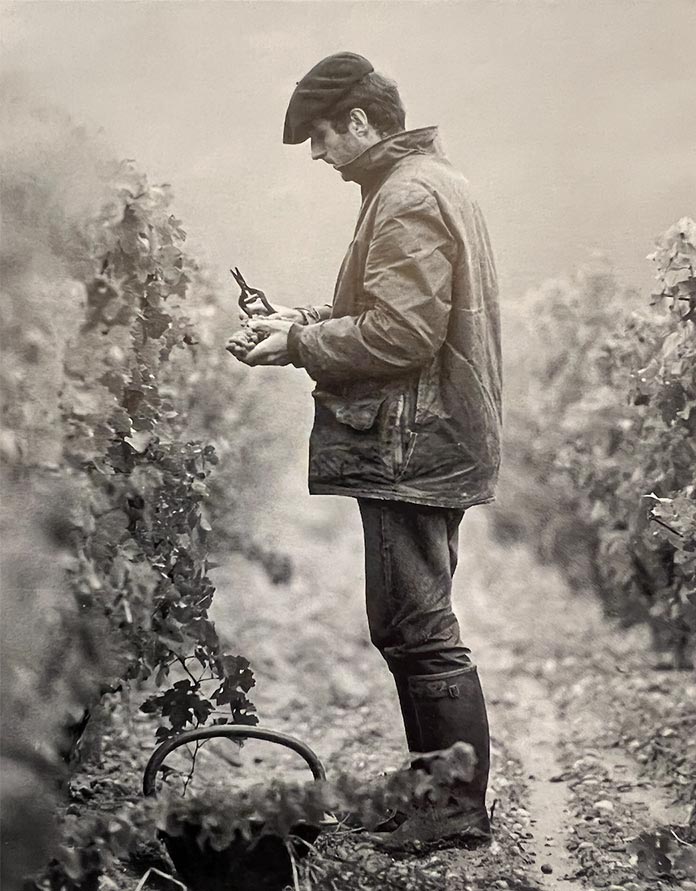
Cathiard Vineyard is a place with a special presence. We can even talk of telluric force and undoubtedly a perfect fusion between terroir and human care. When we see the rows of vines – each individual plant sculpted like a bonsai – that stretch around the forest on the slopes of the Mayacamas, the words of Michel Serres come to mind: “Do not cross through the vineyard like a distracted person would cross the sea; you would only see green, just as they would only see blue”.
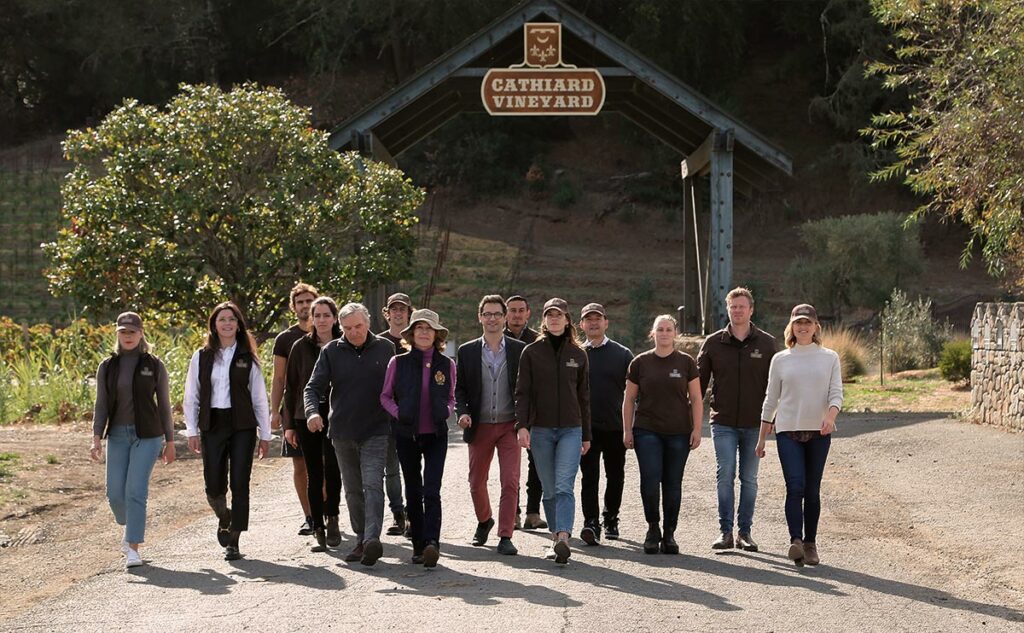
Only the right combination of tools can capture the true essence of such wines. To elevate this expression, Cathiard Vineyard rebuilt a winery with new stainless steel, double-skin reverse small tanks, and refurbished the long horseshoe cellar in the heart of the mountain. Bringing savoir-faire from Bordeaux, there is also an on-site cooperage in development.
The team is unified in their meticulous nature, driven by the same passion: to express the best of this unique terroir through a dedicated Cabernet Sauvignon, and two Bordeaux Blends.
“ Carrying memories of our first visits there, we kept a painting in our minds: we had walked under the Napa Valley sun in the mustard yellow flowers, between two rows of gobelet-pruned vines, while in the horizon through the mist, we could see the silhouette of the Mayacamas.
We continued to dream of the perfect property that seemed just out of reach. Meanwhile, our Château Smith Haut Lafitte was demanding our energy, as we set our sights on making each vintage the world’s best in both red and white.
Napa was starting to feel like a distant memory, when just after the 2019 harvest, we were given an opportunity to complete our vision: an estate marked by volcanic and sedimentary terroir, the famous Rutherford dust, vineyards including cabernet blocks at altitude, wildlife, biodiversity, and even historical landmarks constructed by the pioneers of the valley. We came, we had a « coup de coeur », we signed!
Soon after, we were faced with a situation in 2020 that was not for the faint of heart. We managed a new property from Bordeaux while borders closed, wildfires threatened California, and headlines told us the end was not in sight.
Now, our enthusiasm for Cathiard Vineyard remains whole and is growing. The team in place has marked its territory with efficiency, devotion and talent. In addition, while we develop our integrated cooperage, the two vintages aging in barrel have exceeded our expectations.
Our vineyard must be earned, it requires vigilance, commitment, and a respect for the legacy of the pioneers before us. ”